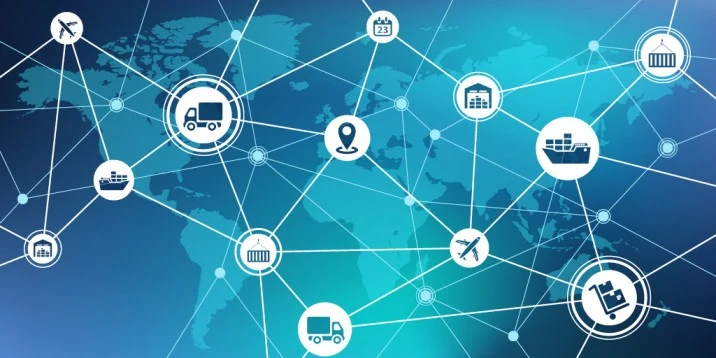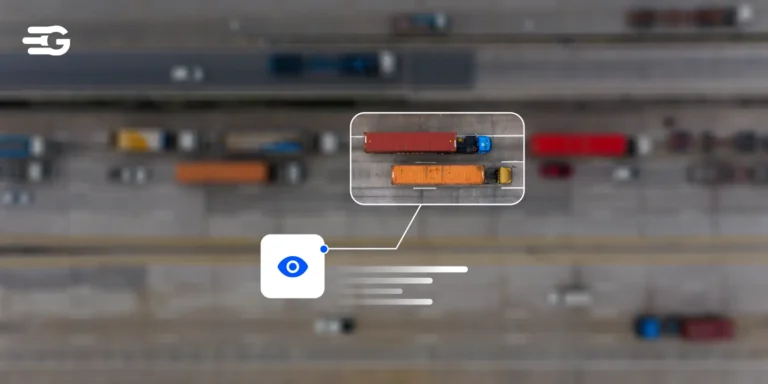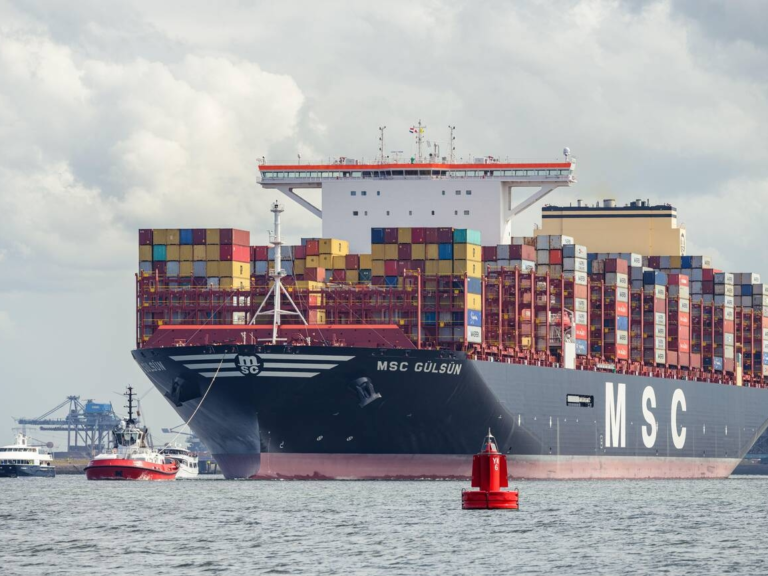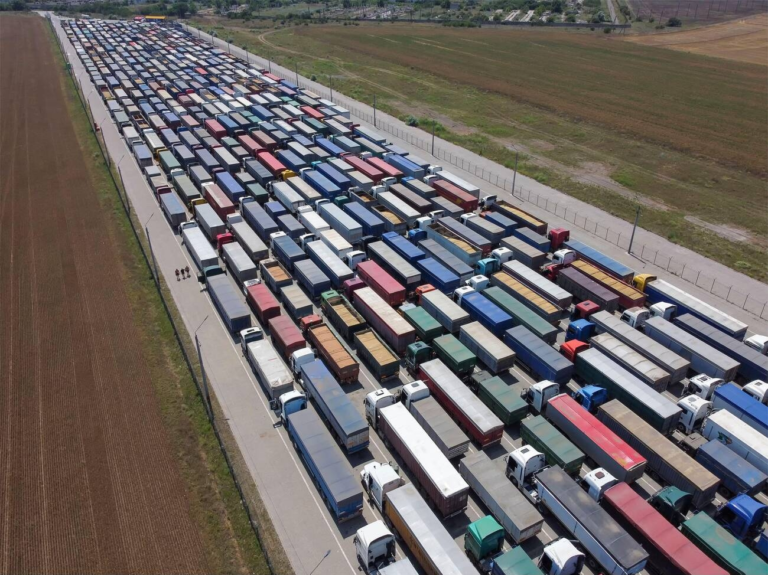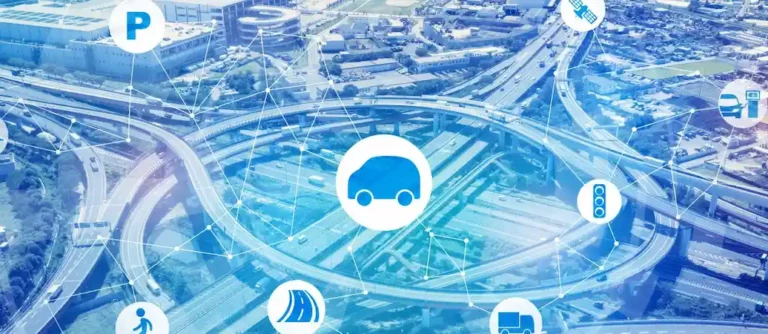SaaS TMS or On-premise TMS – which one should you choose?
Imagine the possibilities if you had a better way to manage your transportation and logistics. Imagine seeing how many shipments are out on an assignment and when they will arrive at their destination, probable delays, data insights for corrective measures and cost-saving opportunities for the future!
With every detail of each shipment tightly controlled with just one application! — That’s precisely what Transport Management System (TMS) Software does.
There are two types: Cloud-based TMS (SaaS TMS) or on-premise TMS; choose whichever best suits your business needs today so that tomorrow can be even smoother operationally speaking. But which one is better? Let’s have a look at that!
But first, let’s understand;
The difference between a SaaS TMS and an on-premise TMS
SaaS TMS: A TMS running through a cloud service is called a cloud-based or a Software as a Service (SaaS) TMS. Cloud-based solutions provide real-time data and have huge advantages over on-premise TMS. For example, many people use SaaS solutions like Salesforce or Google Drive. These provide real-time data and are always available on demand without having to purchase costly hardware upfront! The same thing applies to SaaS TMS as well.
On-premise TMS: This TMS is installed in computers in a given location. An on-premise TMS requires a company to purchase an enterprise licence or copy of the Transportation Management Solution. This is because they are installed within a company’s premise, giving greater protection than cloud computing infrastructure and making it more secure for organizations needing this extra layer in their security.
Also Read: What Is Transportation Management System and How It Works?
Downsides of using an on-premise TMS
While on-premise TMS has some security advantages, the challenges of using one are many.
- It can tie you down to one location and make troubleshooting difficult, especially if there’s an issue with the software or hardware in question.
- The cost for hardware and software maintenance can add up quickly over time; plus, you need people who know how to use these systems, so they don’t get out of date or become obsolete when new versions come out – this takes resources, too.
- The Digital Control Tower has many components that require in-house server hardware, software licences, and IT employees to support or manage.
- The company is responsible for any additional costs pertaining to maintenance.
8 reasons why a cloud-based (SaaS) TMS is a better option
1. Accessibility
Cloud-based software for managing transportation is accessible over the internet and requires no complex setup or configuration. This makes it ideal for companies looking to scale operations quickly as their needs evolve. Additionally, it eliminates unnecessary IT costs and simplifies operations by providing a unified, easy-to-use interface for managing transportation processes across multiple locations.
2. No capital expenses
Companies can reduce capital expenditures by hosting applications and data off-site using virtual technology. Additionally, companies only pay for the resources they need, so there’s no risk of losing anything important as data gets backed up regularly.
3. Scalability
The cloud is an excellent choice for organizations looking to expand globally. It allows them to communicate with customers anywhere, anytime, without having their IT needs scattered across different platforms or locations. Such solutions provide infinite scalability, which saves time & money as the business grows.
4. Easy installation
Cloud-based TMS is one of the most convenient and cost-effective ways to install an application. It’s also incredibly fast since everything needs only be configured once, rather than whenever you want someone else to access your data or set up new hardware for it too!
5. Ease of use
The cloud-based TMS platform constantly gets updated by acting upon feedback in real-time, and it works without effort on personal computers or mobile devices. This means data can be accessed from anywhere with an internet connection.
6. Effortless collaboration
The clouds make it easy to share files and keep in contact with colleagues on the go. This is important because supply chain operations need constant communication between drivers, brokers, freight forwarders, or managers who are all working at different locations.
7. Cost-efficient
Cloud-based Digital TMS solutions are a great alternative to on-premise ones because you never have to spend money for extra capacity that may or may not be needed.
8. Better ROI
The benefits of a cloud based transportation management system are proven to be better economies and lower total costs with no upgrade fees or risks involved. A faster ROI also makes it worthwhile for businesses in need.
Give it a try
Start with an automation solution that best fits your business needs and requirements. It would be best if you explored an easy-to-use, customizable, multi-modal logistics and transportation solution, which is also highly scalable as and when your business grows. Not to mention, such SaaS solutions are the easiest to deploy, hardly require any training to start using and are highly intuitive. These affordable solutions make it easier for medium and smaller companies to optimize their supply chain efficiencies cost-effectively.
Get free consultation from our experts to implement TMS for your company
We have the right TMS for you! Connect with our supply chain consultants, and we will help you find the perfect one
Feel free to fix a free walkthrough demo of how GoComet’s solution can help you drive double-digit cost savings in your supply chain while eliminating all the pain points you may currently face due to the lack of automation.
